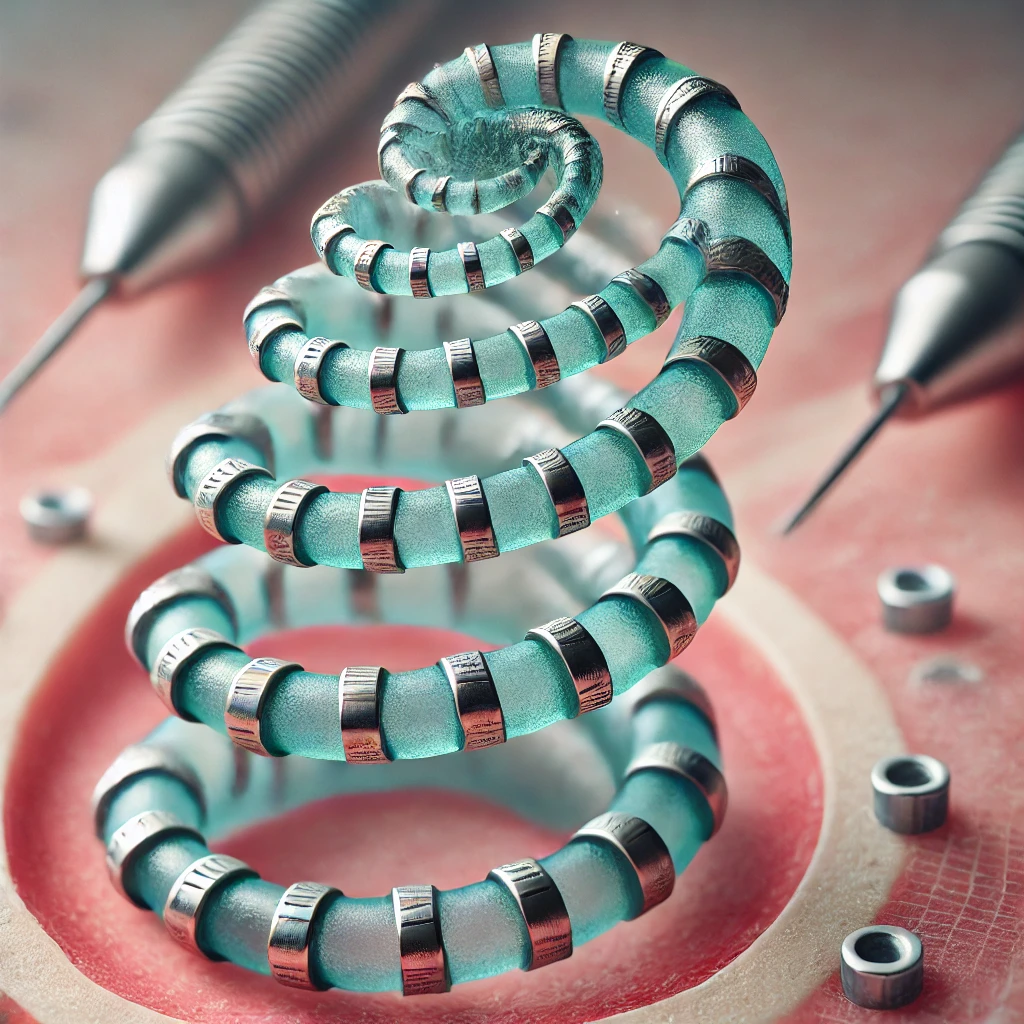Understanding BioZORB: Benefits, Complications, and Concerns
BioZORB is an implantable device doctors use in breast tissue to mark the location of surgical sites. It is particularly implanted after breast-conserving surgeries such as lumpectomies.
The device consists of a resorbable plastic component that the company designed to dissolve over time. It contains permanent titanium markers that remain in place for future imaging. While it has been useful in guiding post-surgery radiation therapy and marking soft tissue, recent reports raise serious concerns about the potential complications associated with its use. We provide more information for those who had BioZORB or family members of those who have breast related healthcare issues and treatment.
Common Questions About BioZORB
1. What is the BioZORB Device used for?
The device is primarily used as a surgical marker. It helps radiologists and oncologists locate the site of surgery during follow-up procedures, particularly radiation therapy. It helps guide treatment and ensures that radiation is targeted correctly to the affected area.
2. What Complications do Patients Report?
Patients and healthcare providers report several adverse effects associated with BioZORB. There is a Class I recall—the most serious type of recall.
These complications include infections, pain, fluid buildup (seroma), device migration, and even erosion of the device through the skin. Some patients also reported discomfort from feeling the device in the breast. In severe cases, additional medical procedures were needed to remove the device.
3. What Are Patients Most Concerned About?
Patients and healthcare providers are concerned about the risk of the device migrating from its original position or breaking through the skin. Migration of the device can lead to issues in accurately targeting radiation therapy, therefore impacting treatment outcomes. Moreover, reports of infections and discomfort are alarming for patients who had the device implanted as part of their cancer treatments
4. Is BioZORB Safe For Cosmetic Outcomes?
Although some patients believe the device can help improve cosmetic results by filling space in breast tissue after surgery, the FDA has not approved the device for this purpose. Its primary function is to act as a marker, not a cosmetic filler.
See FDA annoucenments about BioZORB here:
5. What should You Do If you Or Someone You Know Has a BioZORB Implant?
If you have the implant, it is crucial to monitor for any signs of complications. This can include pain, redness, infection, or feeling the device move under the skin. Consult with your healthcare provider immediately if you notice any issues. The FDA encourages patients to report any adverse events to their healthcare team or through the MedWatch system.
For more information, check out KBA’s prior coverage here:
See also here: https://kbaattorneys.com/biozorb-marker-for-breasts-cancer-patients
Contact KBA Today
While BioZORB has proven beneficial in marking surgical sites and guiding radiation therapy, it’s important for patients to be aware of the potential risks. If you or a loved one has been implanted with a BioZORB device, stay informed about the symptoms to watch for and discuss any concerns with your healthcare provider. The ongoing recall highlights the importance of safety monitoring, and both patients and providers should carefully weigh the benefits and risks of using this device in breast cancer treatment.
Our law firm is currently investigating the BioZORB recall and litigating these cases. Contact us if you have been injured by the BioZORB device.
